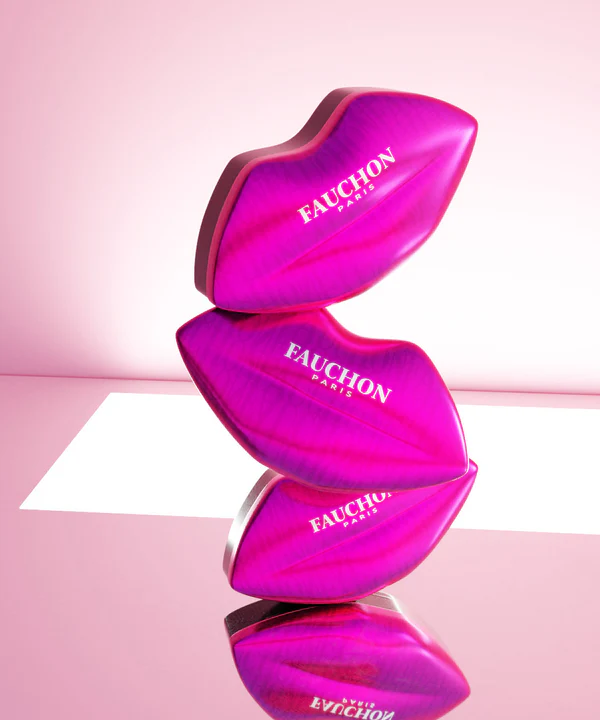Where does the tradition of giving and sharing chocolate at Christmas come from?
A cherished time of year for gourmets, the Christmas period heralds each year the unmissable tradition of chocolates. From the base of the tree to the table, in bars, in the form of a pastry log or hidden in an Advent calendar, chocolate comes in a thousand delights that warm the heart and charm the taste buds of young and old. If this custom is today anchored in our customs, it is the fruit of a long journey traveled through the centuries, and its history is marked by memories of a distant era.
Chocolate, a symbol of nobility
Discovered in ancient times by pre-Columbian peoples (Aztecs, Toltecs, Mayans, etc.) in Mesoamerica, the cocoa bean occupies a central place in these civilizations. Its nutritional qualities and health benefits make it a very precious commodity to which these peoples devote a real cult and which will even be used as currency.
From the colonization of America, the Aztec chocolate recipe travels to conquer the countries of Europe, which gradually fall in love with this tasty and nutritious delicacy. Around the 16th and 17th centuries, chocolate is a rare and precious product that is reserved for the elites.
Although it is now democratized and accessible to all, it has not lost its titles of nobility. Since then, studied, declined and shaped by artisan chocolatiers in the manner of a precious metal, chocolate is more than ever a symbol of luxury and sophistication that is part of the exceptional pleasures that we like to indulge in at Christmas.
The tradition of the Advent calendar
The history of the Advent calendar has its roots in the 5th century, when the clergy ordered three days of fasting per week during the period preceding the advent of Jesus Christ. The Latin “adventus” meaning “advent” gave this time of year the name Advent.
Throughout history, Advent has become synonymous in the collective unconscious with the imminent arrival of Christmas. To keep children entertained during these 24 days, Protestant families gave them a triptych every morning to open like a small window to discover a religious image.
These little windows have evolved and now hide delicious chocolates in our Advent calendars , which have become difficult for some to keep until Christmas!
The history of the Yule log
In the Middle Ages, the winter solstice heralded the arrival of the harshest season of the year. To prepare for it, households would burn a single log of wood in the hearth of the fireplace for as long as possible in order to make their reserves last until the return of fine weather. According to Catholic beliefs at the time, a log that burned in less than three days was a bad omen.
Gradually, heating appliances were modernized and this habit became less and less necessary within families. However, “the log” being already anchored in the culture, it traded its place in the fireplace for a decorative place, and its essential function for a more symbolic meaning.
When chocolate arrived in Europe around the 16th century, it was very popular for its taste and some time later, it was shaped to imitate the bark of the wood in an emblematic dessert: this was the birth of the Yule log. Today, although it takes on many different aspects with iced and fruity recipes, the traditional chocolate log does not intend to give up its place on the throne of festive desserts.
Saint Nicholas
Although the tradition has faded over time, the night of December 5-6 is still marked by Saint Nicholas, particularly in several Eastern European countries and in the north of France.
During this night or the day that follows, Saint Nicholas, a figure of a bearded and benevolent old man otherwise called Nicolas de Myre, comes to reward good children by offering them good chocolates and other sweets. At his side, the sinister Father Fouettard is responsible for punishing unruly children, but this part of the tradition is often hidden to keep only the pleasure of receiving sweets.
For unforgettable celebrations, discover our selection of chocolates to offer or to taste.













